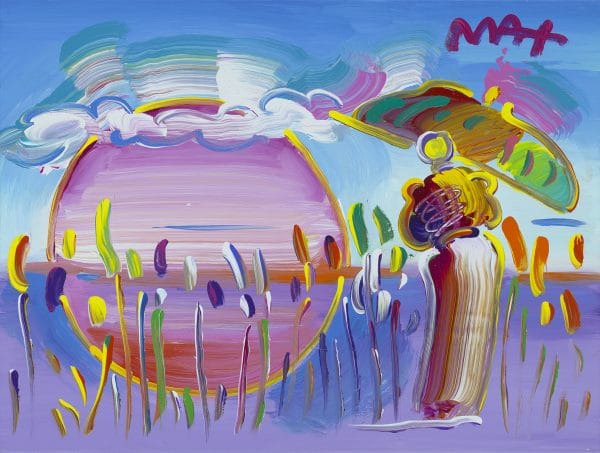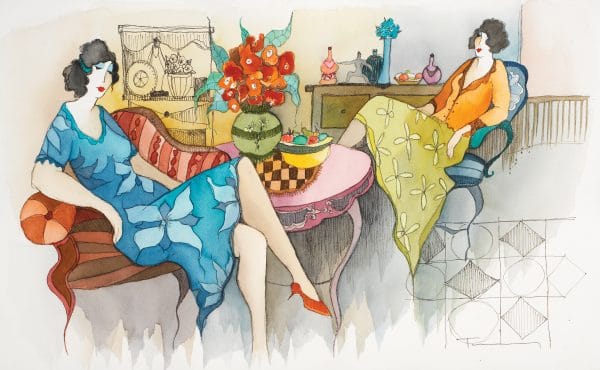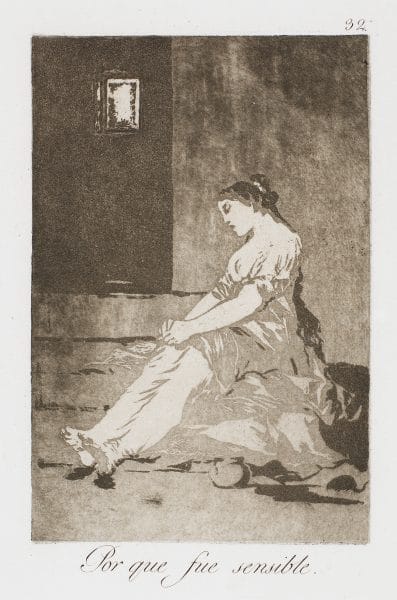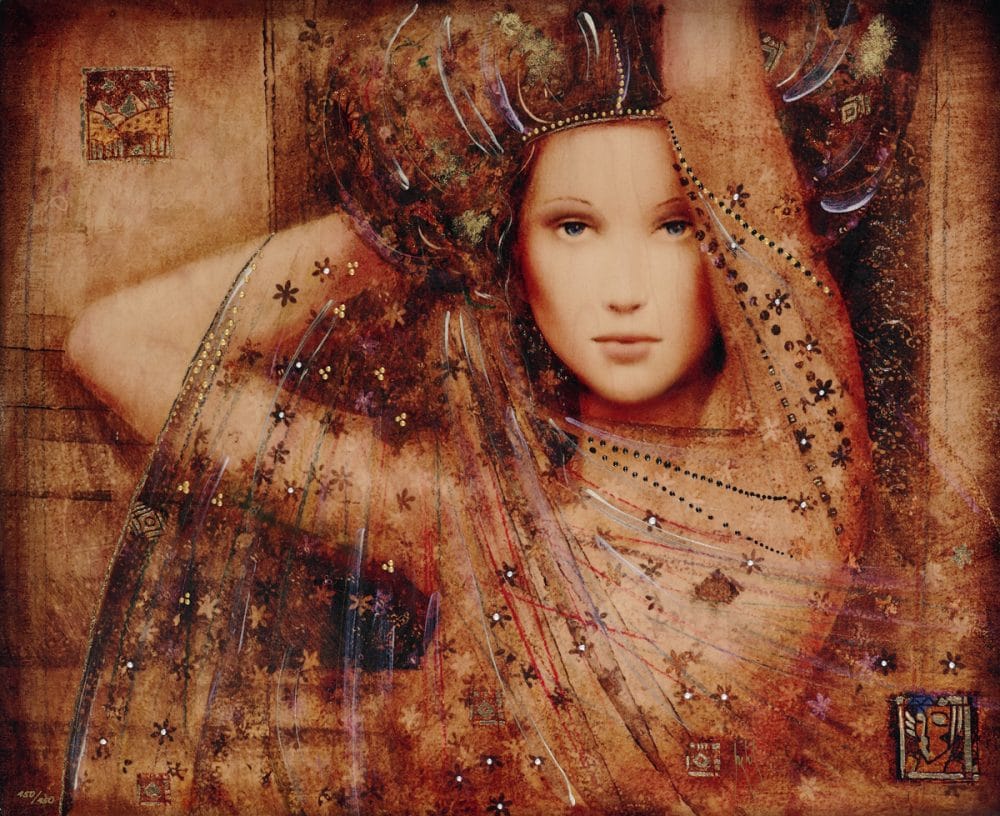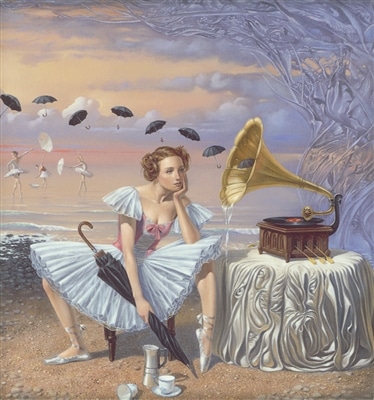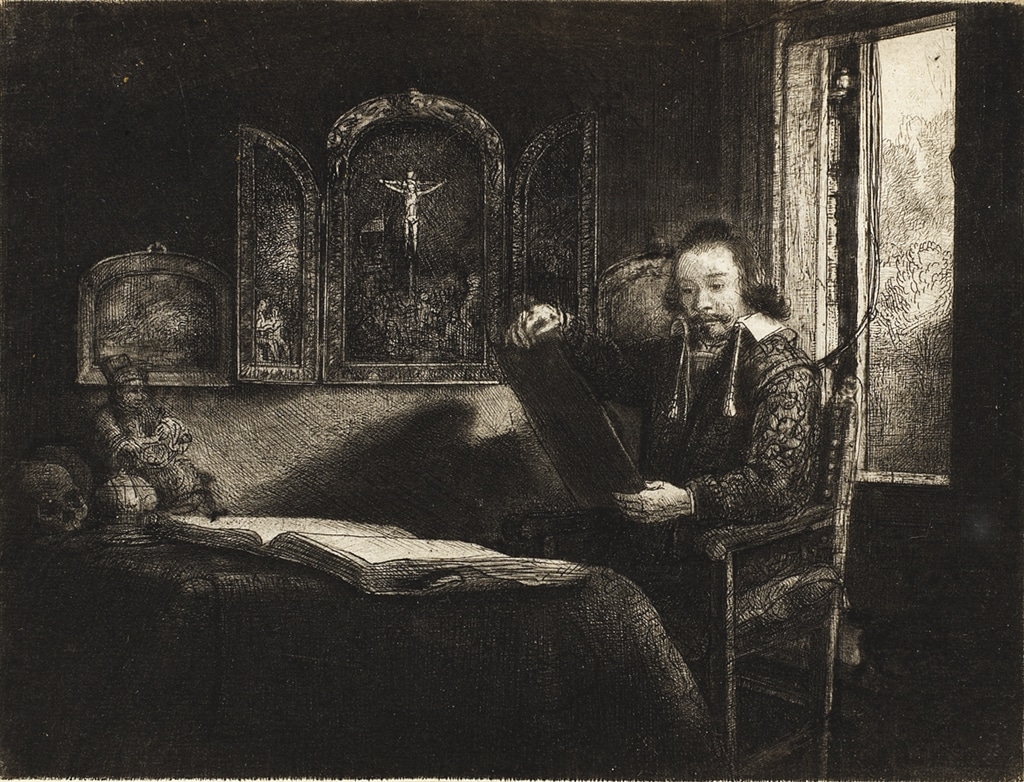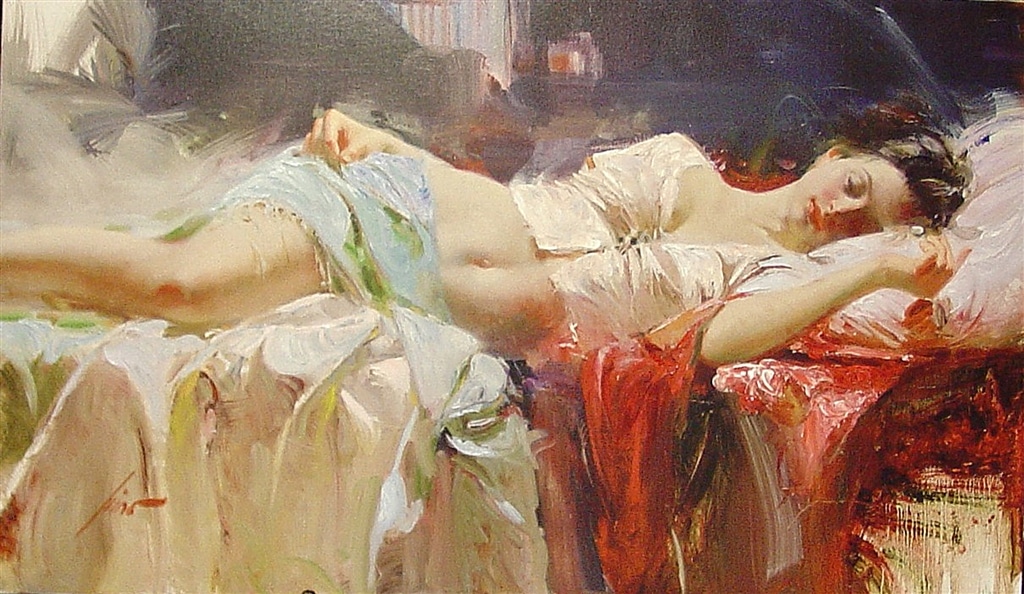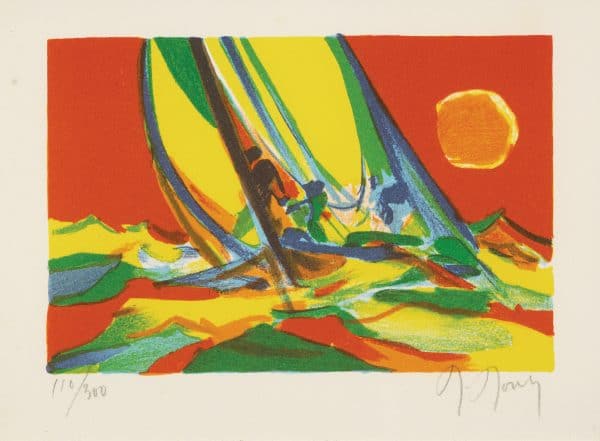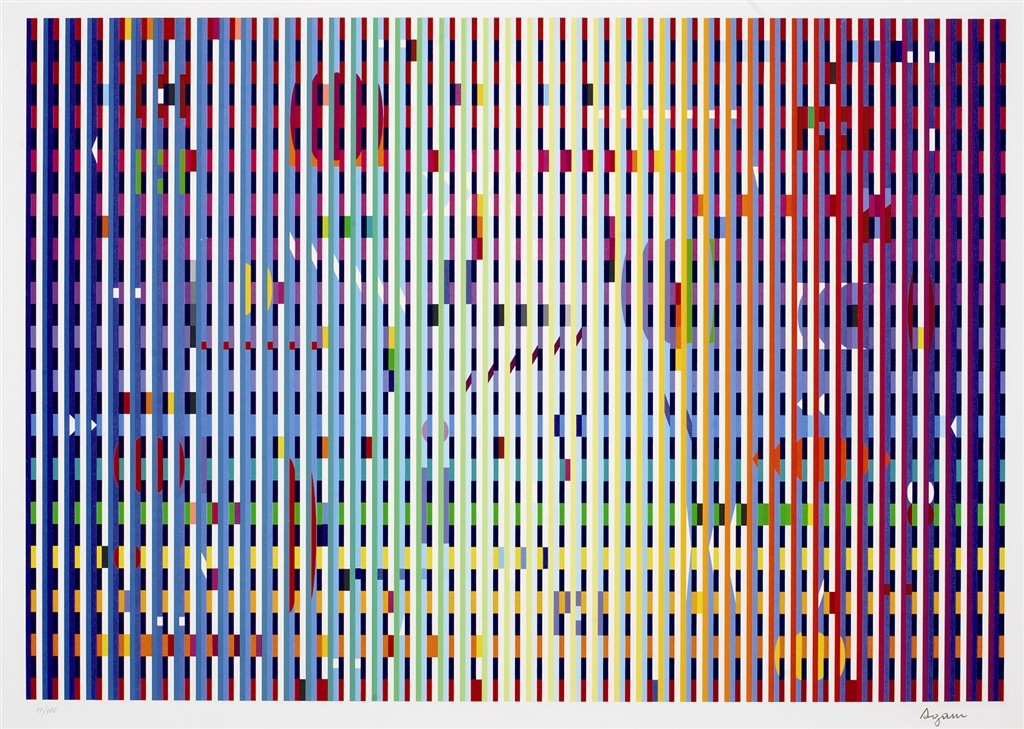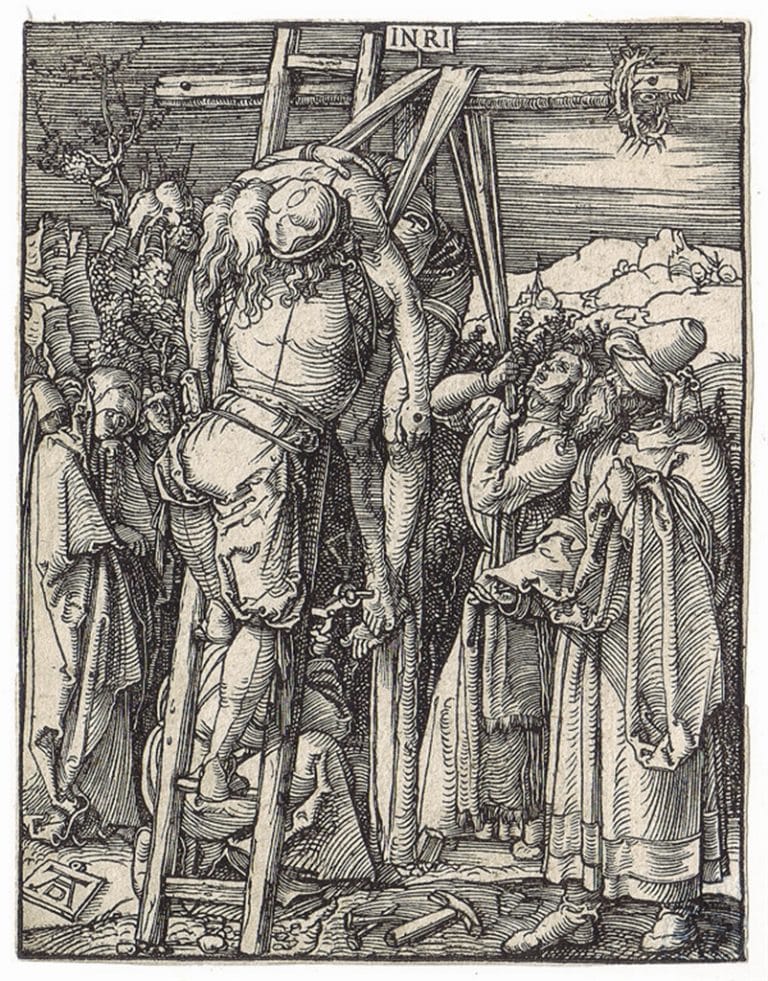ART GLOSSARY
The following is a glossary of art definitions and terms that are commonly used to refer to artwork or artists.
MEDIA
Acrylic Paint
The substance that binds the pigment (color) is a synthetic resin, rather than natural oils. Acrylic painting has the advantage of drying faster than oil paint. This modern technique is in widespread use today and can be applied to canvas, linen, paper or wood.
Aerosol Paint
Paint that comes in a sealed, pressurized container and is released in an aerosol spray when a valve button is depressed. Aerosol painting is one form of spray painting; it leaves a smooth, even coat, unlike many traditional rolled and brushed paints.
Candy Paint
Highly sought after automotive paints by car and motorcycle enthusiasts due to their unique look. This special class of automotive colors have been used by custom painters for more than 60 years to make vehicles stand out from the typical automotive finish.
Ceramic
An earthenware or porcelain product made from a nonmetallic mineral, such as clay, by firing at a high temperature.
Collage
A composition made up of various materials, such as paper or cloth.
Conté
A drawing medium composed of compressed powdered graphite or charcoal mixed with a wax or clay base, square in cross-section
Epoxy Resin
A chemical substance that’s a combination of resin and hardener. When the two are mixed, a chemical reaction occurs, giving birth to what’s known as epoxy resin. Epoxy resin is that clear and glossy hardening material that has innumerable uses ranging from sculpture to the finishing coat of a painting.
Gold Leaf
Gold leaf is gold that has been hammered into fine sheets and is the applied to a canvas using an adhesive to adorn a piece of artwork.
Gouache
A medium similar to watercolor, but heavier, because of a gum substance added to the ground pigment (color) and water. Most often applied to paper.
Modeling Paste
A thick, white paste that is primarily used to add texture and relief to paintings. Due to its thickness, it is best applied with a palette knife.
Oil Paint
A type of paint made with natural oils, such as linseed, walnut, or poppy, as the medium to bind the pigment (color). Oil painting, the traditional technique employed by artists for centuries, is typically applied to canvas, linen, paper or wood.
Pastels
A type of dried paste made of pigments ground with chalk and compounded with gum water.
Tempera
A water-based painting medium which has been employed for centuries. Typically bound with egg yolks, tempera is applied primarily to paper or paper-board.
Watercolor
A transparent painting medium using ground pigment mixed with water, most often using the whiteness of the paper in conjunction with the transparency of the pigment (color) to create effects. A highly difficult medium to master, watercolor dries very quickly and requires a great degree of practice to master.
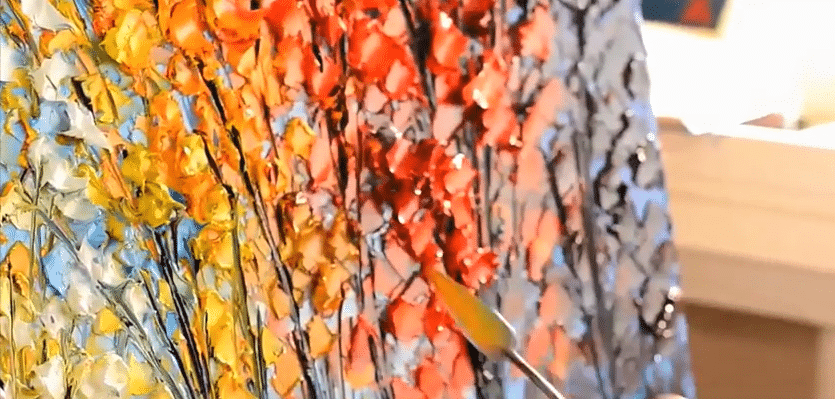
TECHNIQUES
Chiaroscuro
The contrast between light and dark in a work of art.
Cross-Hatching
The practice of shading a drawing using intersecting lines
Drybrush
The use of a small amount of pigment on the brush to create a linear application of pigment, yielding a range of line characteristics.
Fresco
A technique of mural painting executed upon wet plaster. Water is used as the vehicle for the dry-powder pigment to merge with the plaster, and once the plaster dries, the painting becomes an integral part of the wall
Gesso
A material used to prime a canvas or linen surface, allowing it to accept the paint more readily and not be absorbed into the surface. Gesso can also be applied to wood and sanded to create a fine and smooth painting surface.
Gilding
The application of gold leaf to a painting through the use of glaze and adhesive.
Glazing
The opposite of impasto, glazing is done by diluting the pigments and layering one color over another. Glazing lends a softness and delicacy to the surface. It is most effective with an under-painted tone and glazes applied on top.
Impasto
The application of thick paint to the surface of the canvas or board to build up the textures. Impasto can be applied with a brush or palette knife.
Mosaic
A pattern or image made of small regular or irregular pieces of colored stone, glass or ceramic, held in place by plaster/mortar, and covering a surface
Scumbling
A shading technique created by forcing the brush to open with pressure onto the surface of the canvas or board, resulting in a loose and textural type of brush stroke.
Sfumato
A painting technique for softening the transition between colors, mimicking an area beyond what the human eye is focusing on, or the out-of-focus plane made famous by Leonardo da Vinci.
Stippling
Creating an image using numerous small dots and specks
Varnish
An oil or water-based solution applied to a finished painting to cover and protect the work. Varnishing can result in a gloss, satin or matte finish. It may sometimes be applied purely for aesthetic reasons.
TOOLS
Airbrush
A small, air-operated tool that sprays various media, usually paint but also ink and dye. Spray painting developed from the airbrush and is considered to employ a type of airbrush.
Batik
An Indonesian technique of wax-resist dyeing applied to cloth. Batik is made either by drawing dots and lines in wax to resist dyes. This allows an artist to color selectively by soaking the cloth in one color, removing the wax with boiling water, and repeating if multiple colors are desired.
Brush
A common tool with bristles, wire or other filaments. It generally consists of a handle or block to which filaments are affixed in either a parallel or perpendicular orientation, depending on the way the brush is to be gripped during use
Palette Knife
A blunt tool used for mixing or applying paint, with a flexible steel blade. It is primarily used for applying paint to the canvas, mixing paint colors, and adding texture to the painted surface. The “palette” in the name is a reference to an artist’s palette which is used for mixing paint.
MAJOR ARTISTIC STYLES
Abstract Art
Abstract art focuses instead on the pure visual quality of the work, allowing colors and shapes to do the talking about what an image represents.
Significant Artists: Joan Miró, Dominic Pangborn, Kre8, Tim Yanke
Animation
Animation is a dynamic visual medium produced from static drawings, models, or objects posed in a series of incremental movements that are then rapidly sequenced to give the illusion of lifelike motion.
Significant Artists: Chuck Jones, James Coleman, Robert McKimson, Rob Kaz
Art Nouveau
A decorative style that flourished between 1890 and 1910 throughout Europe and the U.S. is characterized by sinuous, asymmetrical lines based on organic forms. Its chief manifestations were in architecture and the decorative and graphic arts, aiming to create a new style, free of the imitative historicism that dominated much of 19th century art movements and design.
Avant-garde
In French, avant-garde means “advanced guard” and refers to innovative or experimental concepts, works or the group or people producing them, particularly in the realms of culture, politics, and the arts.
Baroque
A style of architecture and art originating in Italy in the early 17th century movement characterized by contrast, movement, exuberant detail, deep color, grandeur and surprise to achieve a sense of awe.
Calligraphy
The design and execution of lettering with a broad-tipped instrument, brush, or other writing instrument.
Classical Art
The ancient civilizations of Greece and Roman Empire set the foundation for the development of Western art. The entire aesthetic of classical art relies on three substantial ideals: beauty, harmony, and proportion. Grecian art worshiped human beauty, and achieved this in their works of art by applying the golden ratio, which strictly defined the proportion of body parts. Classical artists were masters of intricately depicted anatomical details.
Conceptualism
One of several 20th century art movements that arose during 1960s, conceptualism emphasizes ideas and theoretical practices rather than the creation of visual forms in a work of art.
Cubism
Cubism is an early-20th-century avant-garde art movement that revolutionized European painting and sculpture. In Cubist artwork, objects are analyzed, broken up and reassembled in an abstracted form—instead of depicting objects from a single viewpoint, the artist depicts the subject from a multitude of viewpoints to represent the subject in a greater context.
Significant Artists: Pablo Picasso, Georges Braque
Dadaism
A nihilistic and antiesthetic movement art movement created as a strong opposition to society during WWI. Dada artists represented a protest movement with an anti-establishment manifesto, sought to expose accepted and often repressive conventions of order and logic by shocking people into self-awareness.
Expressionism
The main goal of the expressionists was to express their most profound personal experiences and emotions by painting often fantastical motifs, using vivid colors and strong brushstrokes. Expressionism gave way to many other artistic movements like Cubism and Dadaism.
Significant Artists: Lebo, Marc Chagall, Peter Max
Fauvism
An artistic style that sought to create compositions that depicted life in an idealized or exotic nature
Figurative
Artwork that is clearly derived from a real object and so is, by definition, representational.
Significant Artists: Itzchak Tarkay, Pino, Linda le Kinff
Impressionism
Impressionism is one of the most significant art movements that appeared in the late 19th century. These artists tended to transfer their unique impressions of the world by capturing movement and place a heavy emphasis on light in their paintings. They achieved extraordinary effects in their work by using thin but clearly visible strokes.
Significant Artists: Claude Monet, Pierre-Auguste Renoir, Slava Ilyayev, Daniel Wall, Alexandre Renoir
Installation art
Installation art is an art movement characterized by large-scale, mixed-media constructions, often designed for a specific place or for a temporary period of time. Installation art typically involves the creation of an enveloping aesthetic or sensory experience in a particular environment, often inviting active engagement or immersion by the spectator.
Kinetic Art
A style of art that uses geometry and sculpture to create radiant patterns that morph and change depending on the angle you view them.
Significant Artists: Yaacov Agam, Ron Agam
Land art / Earth art
This art style is characterized by works made directly in the landscape, sculpting the land itself into earthworks or making structures in the landscape using natural materials such as rocks or twigs.
Minimalism
Another one of the art movements from the 1960s, minimalism is typified by works composed of simple art such as geometric shapes devoid of representational content. This movement challenged traditional notions of craftsmanship, the illusion of spatial depth in painting, and the idea that a work of abstract art must be one of a kind.
Neoclassicism
Almost the opposite of pop art in terms of inspiration, Neoclassicism arose in the second half of the eighteenth century in Europe, drawing inspiration from the classical art and culture of Ancient Greece and Ancient Rome.
Op Art
Short for Optical Art, is a style of visual art that uses optical illusions.
Significant Artists: Victor Vasarely
Photorealism
Developed in the late 1960s and ’70s in reaction to Abstract Expressionism, this style often seems more real than reality, where no detail is left out and no flaw is insignificant.
Significant Artists: Andrew Bone, John Rattenbury, Scott Jacobs
Pop Art
Rising to the height of popularity in the 60’s, this globally popular art movement successfully incorporated elements of popular culture into pieces of artwork. The idea of the entire movement was to ridicule elitist art by showing that you can produce genuine artwork using elements of kitsch and banal objects as your subject matter.
Significant Artists: Andy Warhol, Allison Lefcort, Romero Britto
Surrealism
The goal of Surrealist artists is to explore the unconscious mind as a way of creating art, resulting in dreamlike, sometimes bizarre imagery across endless mediums. The core of Surrealism is a focus on illustrating the mind’s deepest thoughts automatically when they surface.
Significant Artists: Salvador Dalí, Michael Cheval, Bernard Louedin, Francois Boucheix
Realism
A style of art in which the subject of the painting looks much like the real thing rather than being stylized or abstracted. Only when examined close up do what appear to be solid colors reveal themselves as a series of brushstrokes of many colors and values.
Significant Artists: Alexander Chen, Viktor Shvaiko, Orlando Quevedo
GRAPHIC WORKS
Aquatint
An intaglio, etching and tonal printing process in which a porous ground allows acid to penetrate to form a network of small dots in the plate, as well as the impressions made by this process. Aquatints often resemble wash drawings. Any pure whites are stopped out entirely before etching begins, then the palest tints are bitten and stopped out, and so on, as in etching. This process is repeated 20 to 30 times until the darkest tones (deepest recesses in the plate) are reached.
Drypoint
A kind of engraving which has a soft, fuzzy line because of metal burrs used in the printing process. Created by an intaglio process, burrs are left on the plate by the pointed needle that directly inscribes the lines. Because such plates wear out quickly, the disadvantage of drypoint is that the editions are usually limited.
Caldographs
Caldographs are the innovation of artist Csaba Markus. By using the dye sublimation process (see below), an image is transferred onto a wood panel. This incorporates the grain of the wood into the imagery. The panel is then protected with a coat of varnish, and from there can be hand embellished.
Dye Sublimation
Dye sublimation is the process that transfers imagery onto materials such as metal, glass and plastic. The original image is made into a digital matrix, and from there the artist has total control over how the colors will appear on the final work of art. The image is transferred onto paper using special inks. The paper is then applied to a surface, such as aluminum plates or wood panels, and heat and pressure are applied. The ink transforms from a solid to a gas, transferring to the surface before becoming a solid again. The image bonds to the surface on a molecular level, creating a crisp, vivid, and clear image.
Engraving
A tool called a burin cuts a design directly into the surface of a metal plate. The plate is then inked, placed into a press, a sheet of fine paper is placed over it and the impression made.
Etching
First used by artists in the early 16th century, the etching medium consists of a copper or zinc plate coated with acid-resistant varnish. To produce an illustration, the artist draws lines through the varnish coating. The plate is then immersed in acid, which bites into the drawn lines. During printing, the plate is inked and wiped so that ink remains only in the etched lines or areas. The plate is then printed under pressure onto the dampened paper, producing the plate mark, which is common to both etchings and engravings. If more than one color is to be used, a separate plate is created for each color.
Giclée
The word giclée (pronounced “ghee-clay”) is a French term, which literally translates into “spraying of ink.” A giclée print is produced by a very precise spraying of ink. In the giclée process, an original artwork is digitized and the scan or transparency of the original art is stored in a computer file. The computer is the controlling element of a highly specialized precision ink jet, which sprays several million droplets per second onto paper or canvas mounted on a rotating drum. The material printed upon is normally the type of medium an artist may use for an original painting (watercolor paper or cotton/poly canvas, for instance).
The artist is an integral part of the giclée printing process. A print is made, the artist “red lines” the proof, changes are made and another print is made. This process continues until the artist is satisfied with the result. Once the final settings are decided, the final print is made, approved by the artist and the edition is created.
Intaglio
A printmaking process in which a design is cut, scratched or etched into a printing surface of copper, zinc or aluminum. Ink is then rubbed into the incisions or grooves, the surface is wiped clean and the paper is embossed into the incised lines with pressure from a roller press. Intaglio processes are the most versatile of printmaking methods, as they can produce a wide range of effects.
Linocuts
A print created from a design carved into a piece of linoleum.
Lithograph
Francisco Goya (1746-1828) was probably the first artist to truly make memorable use of lithography, a technique first invented in 1798. To produce a lithograph print, the artist, or an assistant under the artist’s supervision, draws on a limestone slab with a grease crayon or with tusche (liquid ink). Water is spread over the stone and covers only the undrawn areas. Ink is rolled over the stone, adhering only to the greasy lines drawn by the artist, not the areas covered by the water. The final lithograph is a result of printing from a number of stones or plates drawn separately, one for each color in the image. Today, artists use various mediums — from zinc plates to acetate sheets — in creating lithographs.
Mezzotint
An intaglio process in which the work is done in two stages. Initially, a metal plate is grained by working it over systematically with a spiked tool known as a rocker (which has a thick blade with a serrated, semicircular cutting edge). This creates a multitude of fine dots all over the plate’s surface. If inked at this stage, the plate would create a rich black.
The second stage of the process consists of smoothing away parts of the roughened surface, with the aid of a scraper and a burnisher, to create the white and highlighted parts of the resulting image.
The scraping of the plate is a skillful job; delicate, tonal transitions can be obtained if it is done well, whereas the flat appearance of some mezzotints is an indication of the difficulties involved. This flatness is also caused by the fact that mezzotint plates wear down very quickly. Color mezzotints can be created with several plates, one for each color.
Monotype
A unique impression on paper, printed from a smooth surface, such as metal or glass, painted on in ink by the artist.
Optigraph ®
Works of art covered by sheets of specially designed acrylic. When you view the art through the optigraph’s acrylic layers, it creates a unique optical illusion effect that changes how you see the artwork beneath.
Sculptograph
Sculptographs bridge the gap between graphic works and sculpture. They are remarkable three-dimensional works where the artist is able to bring together different colors, textures, and layers into one solid sculpted work of art.
Serigraph
Serigraphy is similar to the process of silk screening. A tightly-stretched screen, often of silk, blocks out the areas not to be printed by filling the screen mesh with a varnish-like substance. Ink is forced through the remaining open mesh onto paper under the screen. The finished print is a serigraph. If more than one color is to be used, separate screen work must be used for each color. Serigraphy is popular because it allows many opaque or transparent colors to be overlapped.
Seriolithograph
A combination of the two print making processes — serigraphy and lithography. Also known as a “seri-lithograph.”
Woodcut
In place of a metal plate, a wooden block is the medium. Similar to the engraving process, a sharp tool carves the design into the woodblock’s surface. With a woodcut, all of the undesired surface is cut away, leaving only that which constitutes the design. This surface is inked, paper is placed over it and the finished woodcut is the result. If more than one color is to be used, a separate block, or a reduction of an existing block, must be used for each color.
PROOFS
Artist Proofs (AP) / Epreuve d’Artiste or European “Artist Proofs” (EA)
An artist proof is outside of, but pulled at the same time as or after, the regular edition, from the same plates, blocks, stones or screens, without changes. Sometimes, the artist retains these proofs for their own personal use or sale. They are often released into the market with the numbered edition(s).
Printer’s Proofs (PP)
Printer’s proofs are reserved for the printer and collaborators, but are often released into the market as well.
Hors Commerce (HC)
The term hors commerce is French for “before trade.” These proofs are typically reserved for the publisher, but are often released into the market as well.
Bon à Tirer (BAT)
When the artist is satisfied with an impression from the finished plate, they work with an assistant to pull one or several perfect examples marked bon à tirer, a French term meaning “good to pull.” The assistant compares each edition impression with the BATs, before submitting each to the artist for final approval and signature.
A Note on the Numbering and Signing of Limited Editions
In each graphic medium, a limited number of impressions are pulled from the plates, stones, blocks or screens. Initially, each impression is inspected on the actual paper — not on the plates, etc. — and eventually numbered. The matrix is then defaced or destroyed to ensure that the edition stays limited.
The numbering is displayed as a fraction, with the bottom number indicating the number of impressions pulled (not including proofs), and the upper number indicating the “serial” or identification number of that individual impression.
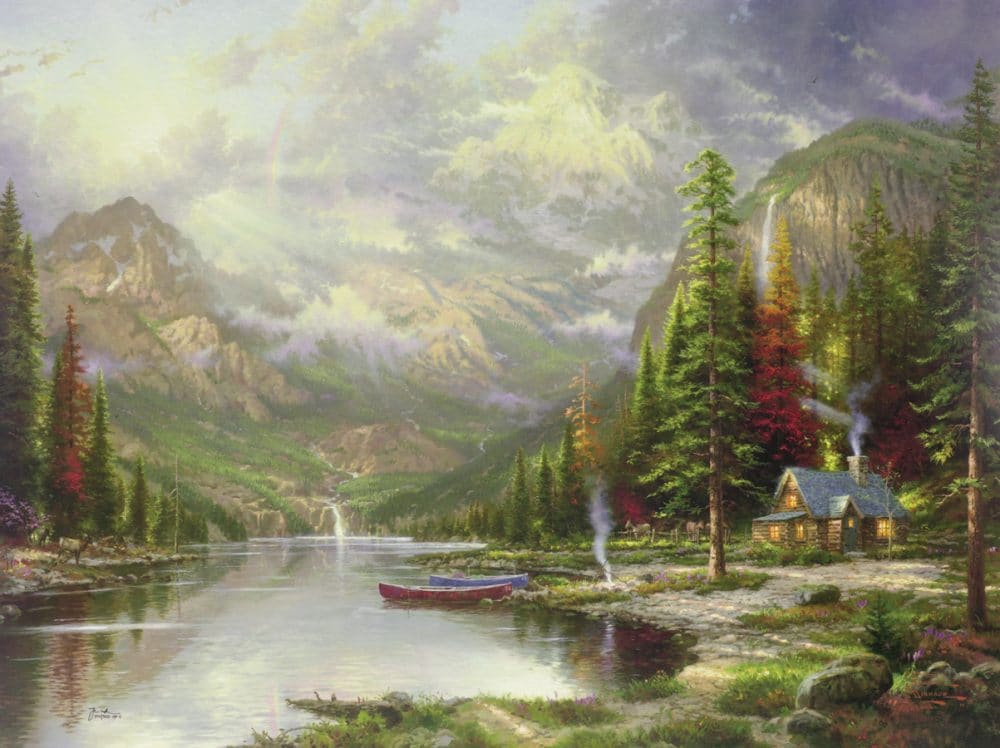
The significance of the numbering can sometimes be misunderstood, as it may be incorrectly assumed that the lower the number, the more valuable the impression. Although this may be true for drypoint etchings, because the burr may wear down, it is not necessarily true of all etchings, lithographs, serigraphs, seriolithographs or woodcuts.
First, the impressions may not necessarily have been signed in the order in which they were pulled. Impressions are typically not signed until the entire edition is pulled, dried, trimmed and stacked, and it is difficult to always handle the impressions in the exact order they were pulled. Second, as with any new project, the technical assistant does not always learn to get the most from a plate until they have already pulled several impressions.

